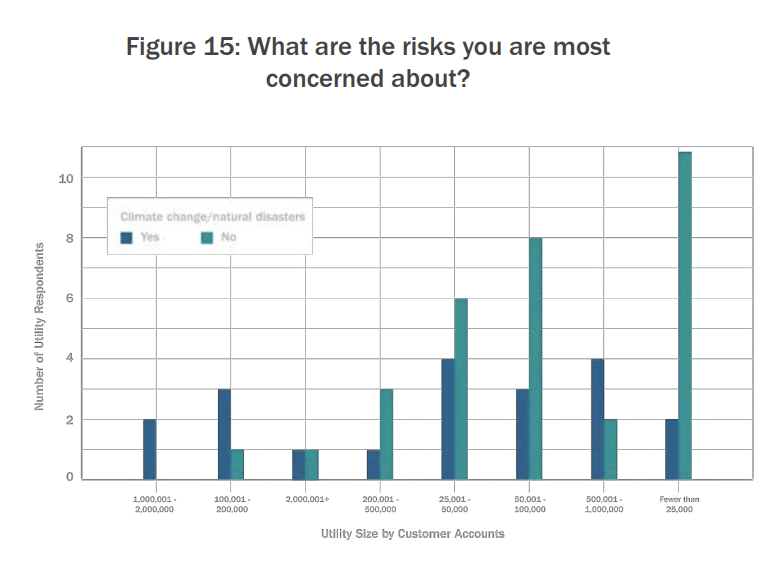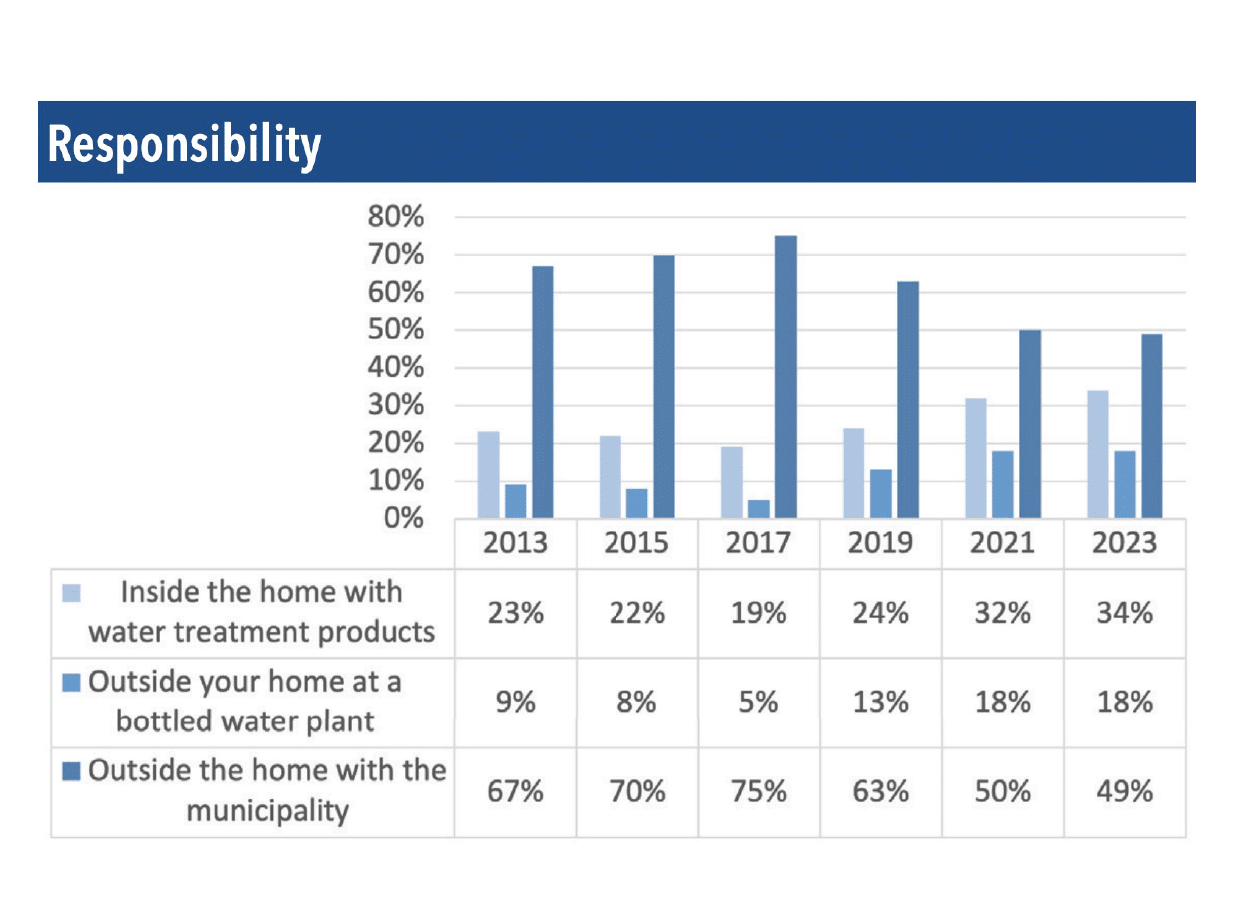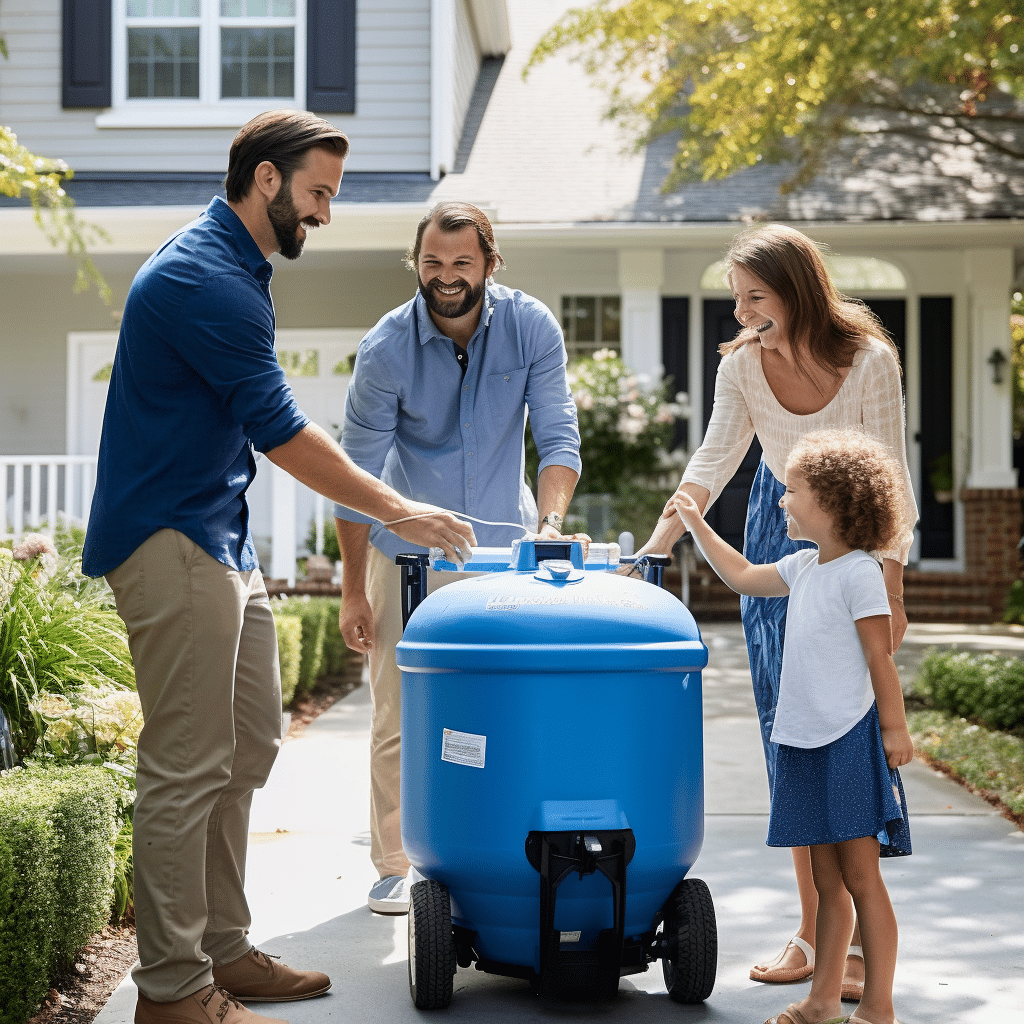Despite the critical importance of water to our everyday lives, there appears to be a growing disconnect between what water utility leaders focus on and the real concerns of consumers. According to a recent Varuna survey, 60% of utility leaders plan for emergencies on an annual basis, and 70% view cybersecurity as the most serious risk. However, the Water Quality Association Consumer Opinion Study revealed that 58% of US households in 2023 are concerned or extremely concerned about the quality of their tap water. This highlights a striking disparity in priorities, and calls for urgent solutions to bridge this gap.
Water Utility Leaders’ Focus
At the management level, utilities are often caught up in risk mitigation processes, with an emphasis on cybersecurity and annual emergency planning. The involvement of field workers in these plans is comparatively low, with 70% of firms mainly involving leadership in emergency and resilience plan development. This top-down approach may contribute to the gap in understanding and addressing consumer concerns effectively.
It’s also important to note that smaller utilities, with 50,000 connections and below, often lack up-to-date technologies and tools. This poses a challenge in effective risk management, communication, and service delivery – all crucial factors in fostering trust with consumers.

Consumer Concerns
Meanwhile, consumers are increasingly concerned about the water they consume daily. Concerns over ‘forever chemicals’ like PFAs and overall water quality have jumped from 24% to 58% in 2023. Moreover, there’s a declining trust in utilities, with only 49% of consumers in 2023 (down from 67% in 2013) believing that the utility is responsible for providing them with clean water.

Bridging the Disconnect
Addressing this disconnect requires a multifaceted approach that involves more frequent emergency planning, the adoption of advanced technologies, and improved communication with consumers.
- Adaptive Emergency Planning: Water utilities should increase the number of emergency planning sessions. Using technology like Varuna’s risk and resilience dashboard, utilities can perform adaptive emergency planning every day, allowing for a more proactive approach to risk mitigation.
- Leveraging Technology: The use of IoT and analytics dashboards, such as Varuna’s system dashboard, enables utilities to gain a comprehensive understanding of their systems. With real-time monitoring and analytics, utilities can identify and address issues promptly, improving overall service quality.
- Involving Field Workers: Field workers, who are at the forefront of operations, should be more involved in the planning process. Their insights can be invaluable in forming an accurate understanding of system weaknesses and formulating effective resilience strategies.
- Enhancing Communication: Utilities need to establish better communication channels with their customers. By actively sharing information about water quality, measures taken to ensure safety, and updates on any issues, utilities can rebuild trust with consumers.
In an era where water quality and cybersecurity threats are on the rise, it’s crucial for water utilities to align their strategies with consumer concerns. The disconnect can be bridged by employing advanced technologies, adopting more frequent and inclusive planning processes, and fostering open communication with consumers. By doing so, utilities not only mitigate risk effectively but also rebuild consumer trust, ensuring their long-term success and resilience.

